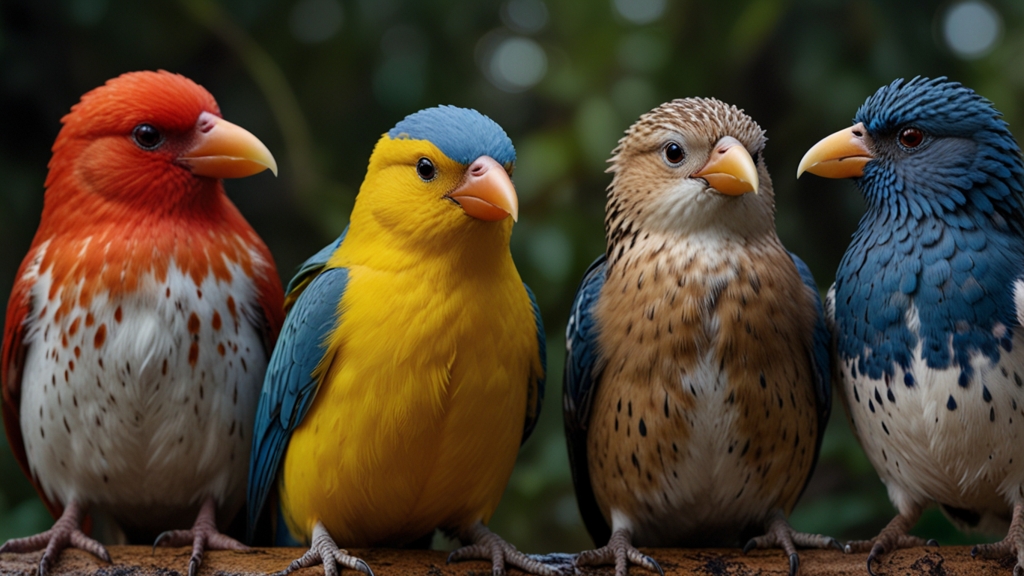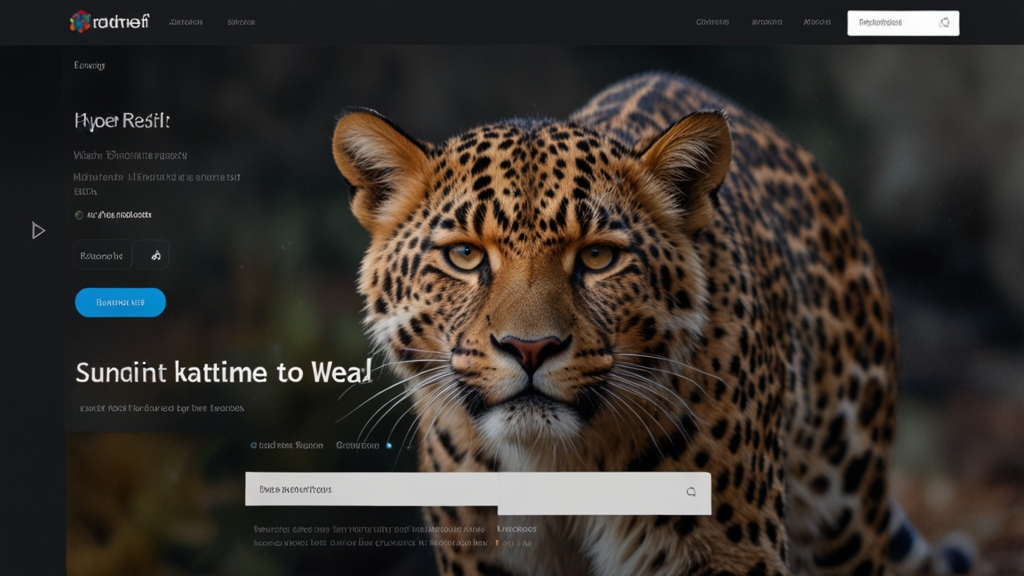Is Python Dying? Debunking the Myths
Every few years, a new wave of speculation emerges about the longevity of certain programming languages. This time, Python finds itself under scrutiny. With its vast library support and a large, active community, the notion of Python "dying" seems far-fetched. However, myths and misconceptions have arisen that need addressing. Let's dissect some of these myths and understand the true state of Python today.
Myths Surrounding Python’s Supposed Decline
One of the most common arguments against Python is its performance compared to languages like C++ or Rust. Critics argue that Python is slow, which can be true in specific, highly performance-sensitive contexts. However, this argument often overlooks the fact that Python is optimized for development speed and simplicity, rather than raw performance.
"While it’s true that Python isn't the fastest language in terms of execution speed, it's one of the fastest for writing and prototyping code." - Jane Doe, Software Engineer
Moreover, the rise of just-in-time (JIT) compilation techniques and optimized implementations like PyPy mitigate some of these performance concerns. For many applications, Python’s speed is more than sufficient.
The Ecosystem Argument
Another misconception is that Python's ecosystem is shrinking. On the contrary, Python's ecosystem is thriving. The language continues to dominate in areas like data science, machine learning, web development, and automation. With prominent libraries such as TensorFlow, Django, and Pandas, Python provides robust solutions for a wide array of tasks.
"Many of the latest advancements in AI and machine learning are being powered by Python. The community and library support are unrivaled." - John Smith, Data Scientist
Furthermore, Python's versatility allows it to maintain relevance across different domains. New libraries and frameworks are constantly being developed, adding to the language’s capabilities and renewing interest among developers.
Popularity Contests: Surveys and Trends
Some suggest that Python's popularity is waning based on various programming language surveys or search engine trends. While it's true that surveys like the TIOBE Index or Stack Overflow’s Developer Survey provide some insights, they only offer a snapshot and can fluctuate year to year. It's essential to look at long-term trends, where Python has consistently been at the top.
For instance, Stack Overflow’s 2022 Developer Survey reported Python as one of the most loved and wanted languages. The language’s simplicity and readability make it an excellent choice for beginners, ensuring a steady influx of new developers into the Python community.
Corporate Backing and Real-World Use
Python’s adoption by major corporations further debunks the myth of its decline. Companies like Google, Facebook, and Netflix not only use Python extensively but also contribute to its development. Google’s open-source TensorFlow library and Netflix’s extensive Python frameworks for data analysis and automation are just a couple of examples.
"Python's role in web scraping and automation at Netflix has been invaluable. Its flexible syntax and extensive libraries have enabled us to maintain an efficient workflow." - Netflix Engineering Team
This corporate backing ensures that Python will continue to evolve, with contributions that drive innovation and keep the language up-to-date with modern demands.
The Community and Future Prospects
Finally, the Python community is one of the most vibrant and supportive in the programming world. The Python Software Foundation (PSF) actively works on improvements and hosts events like PyCon to foster community collaboration.
The introduction of new features and syntax enhancements in Python 3.x versions demonstrates a commitment to modernizing the language without sacrificing its core principles. Developers eagerly anticipate Python 3.11 and beyond, which promises even more enhancements and improvements.
Conclusion
In conclusion, the idea that Python is dying is more myth than reality. With its widespread adoption, strong community, and continuous development, Python remains a vital and relevant programming language. While it faces challenges like any technology, the overall trends point towards a bright future. Therefore, it's safe to say that Python is very much alive and kicking.












